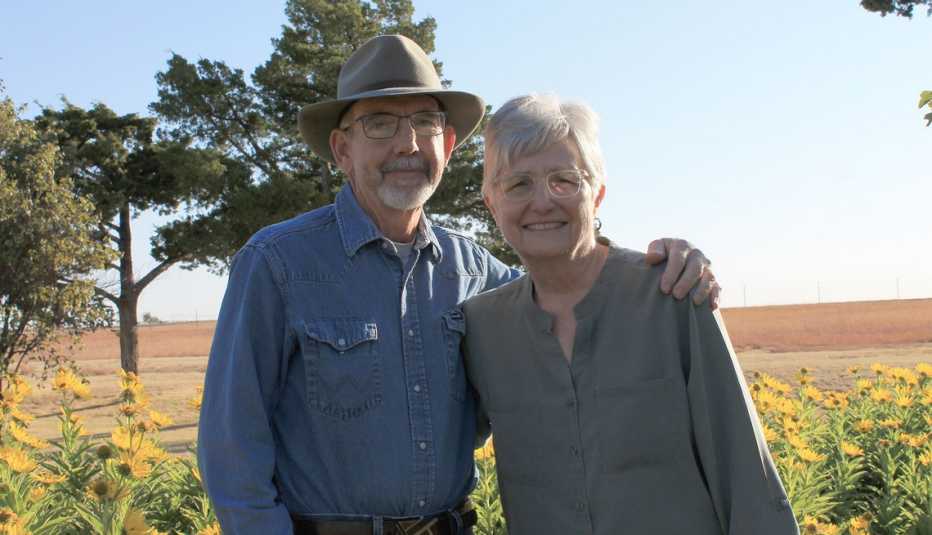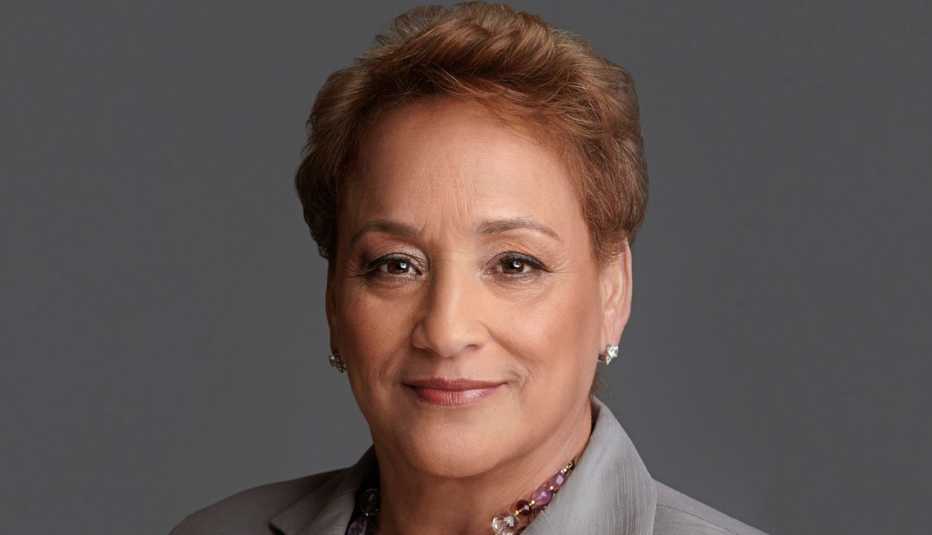Staying Fit
When the 118th Congress convenes in January Republicans will control the U.S. House of Representatives by a thin margin and Democrats will continue in the majority in the U.S. Senate.
With the win by incumbent Georgia Democrat Sen. Raphael Warnock over Republican Hershel Walker in the Dec. 6 runoff election, Senate Democrats will hold 51 seats in the new Congress while Republicans will have 49 senators. Also as of Dec. 7, the GOP will hold at least 221 seats in the House and Democrats will control 213 seats. The election in one congressional district remains undecided.


AARP Membership— $12 for your first year when you sign up for Automatic Renewal
Get instant access to members-only products and hundreds of discounts, a free second membership, and a subscription to AARP the Magazine.
Economy was top of mind for many voters
Inflation was far and away top of mind for 2022 voters. About half said inflation was key in their decision-making, and the economy overall was an overarching concern with about 8 of 10 voters saying it was in bad shape, according to polling by AP VoteCast. The concern over inflation had been evident in national surveys throughout the election season, including AARP polls of 50-plus voters. Those surveys also showed that protecting Social Security and Medicare, as well as lowering the cost of prescription drugs, continue to be very important to America’s older electorate.
The Nov. 8 turnout estimates show that older voters continue to lead all other age groups in voting. Ballots cast by voters 50-plus represented 59 percent of all votes, followed by 31 percent from voters ages 50-64 and 28 percent from voters age 65 and older. Preliminary turnout data shows that the high turnout that has been evident in the past few elections is continuing. According to the U.S. Elections Project, as of Nov. 8, 116 million Americans had voted in this year’s midterms compared with 114 million who voted in the last midterm election in 2018. Echelon Insights predicts that when all tallies are completed, more than 125 million Americans will have cast their ballots this year, a record-breaking turnout for a midterm.
What the new shape of the national government will mean for issues vital to the 50-plus population is not clear.
“On the federal level, it’s likely going to be divided government one way or the other,” says John Hishta, AARP senior vice president for campaigns. “It seems that there were a lot of conflicted voters out there who in their minds had difficult choices to make.”





































































